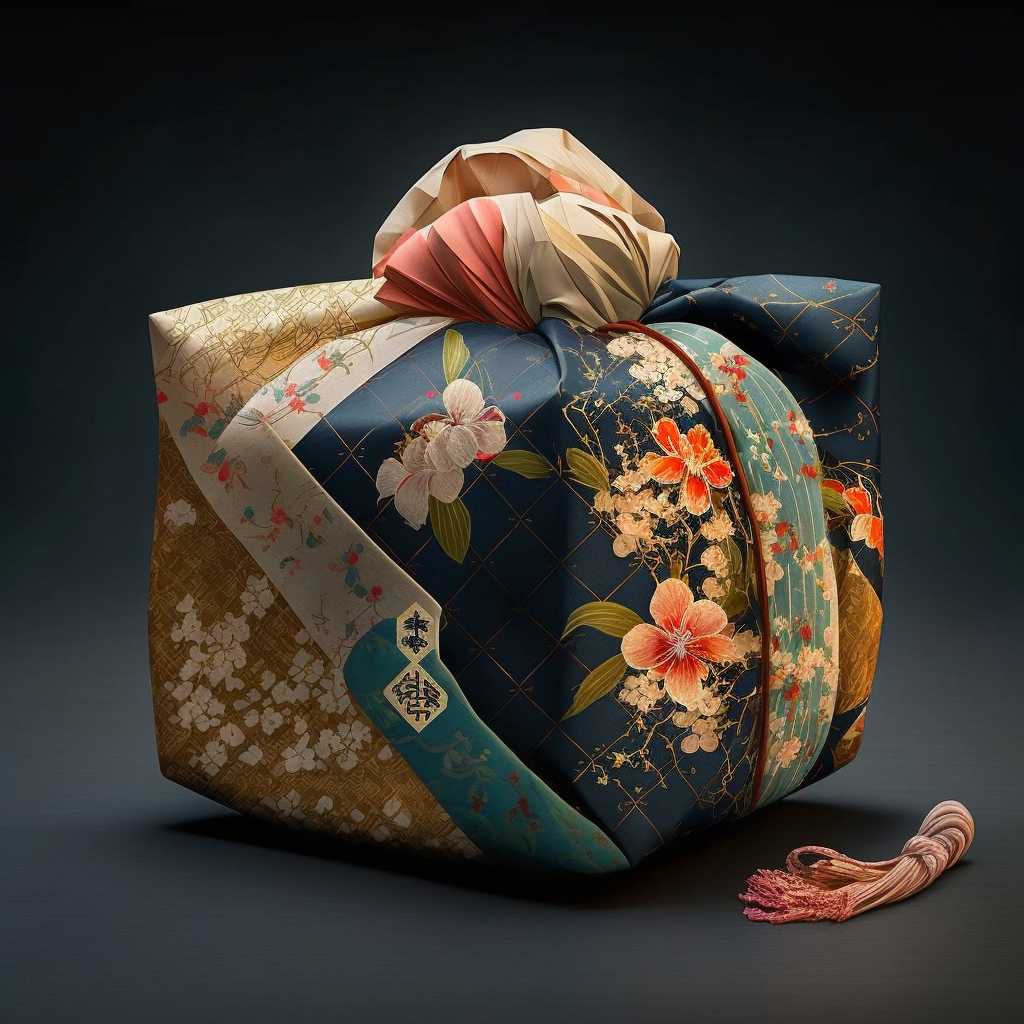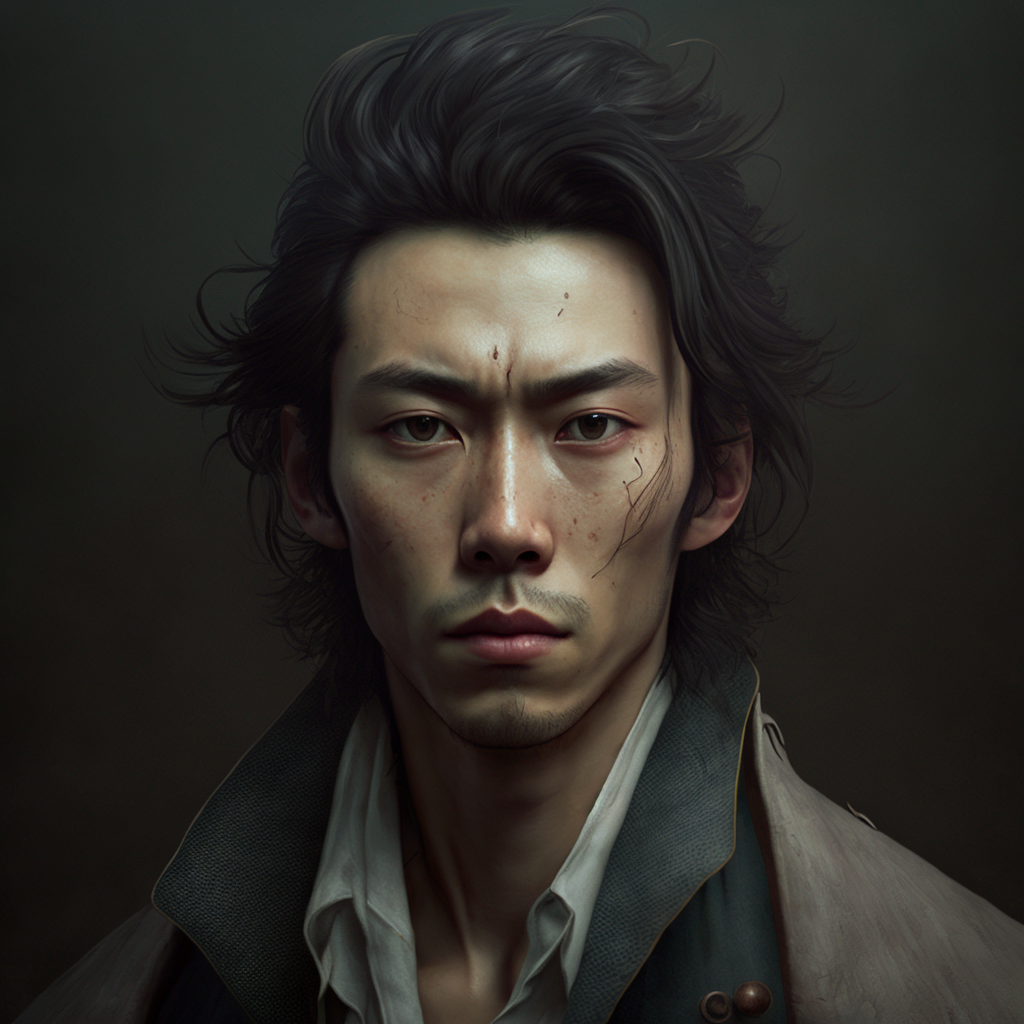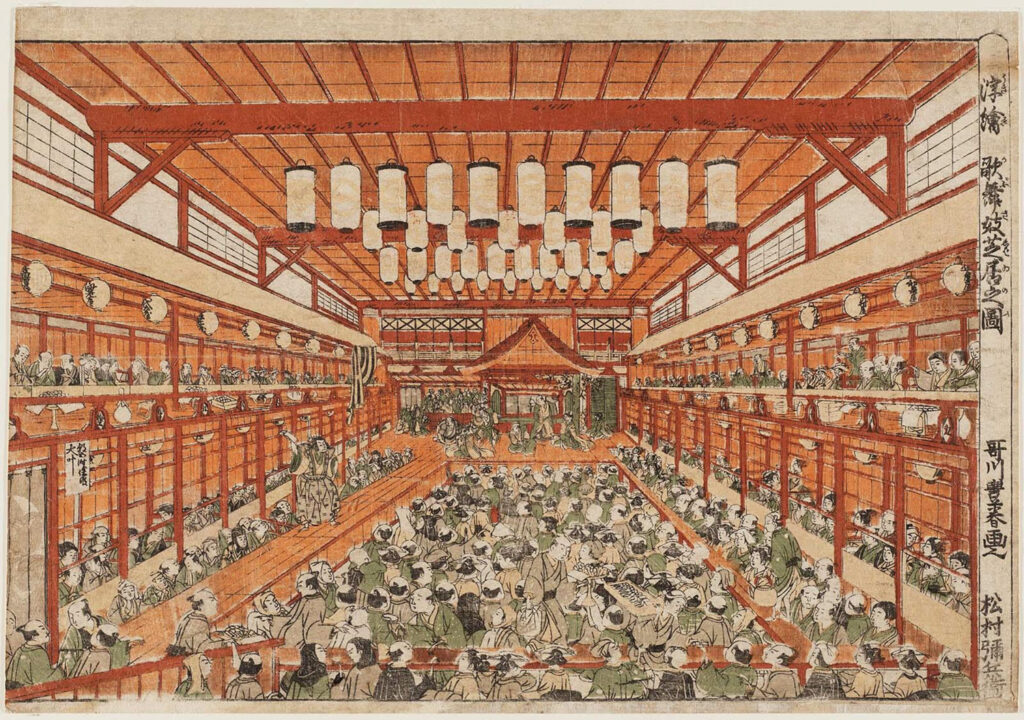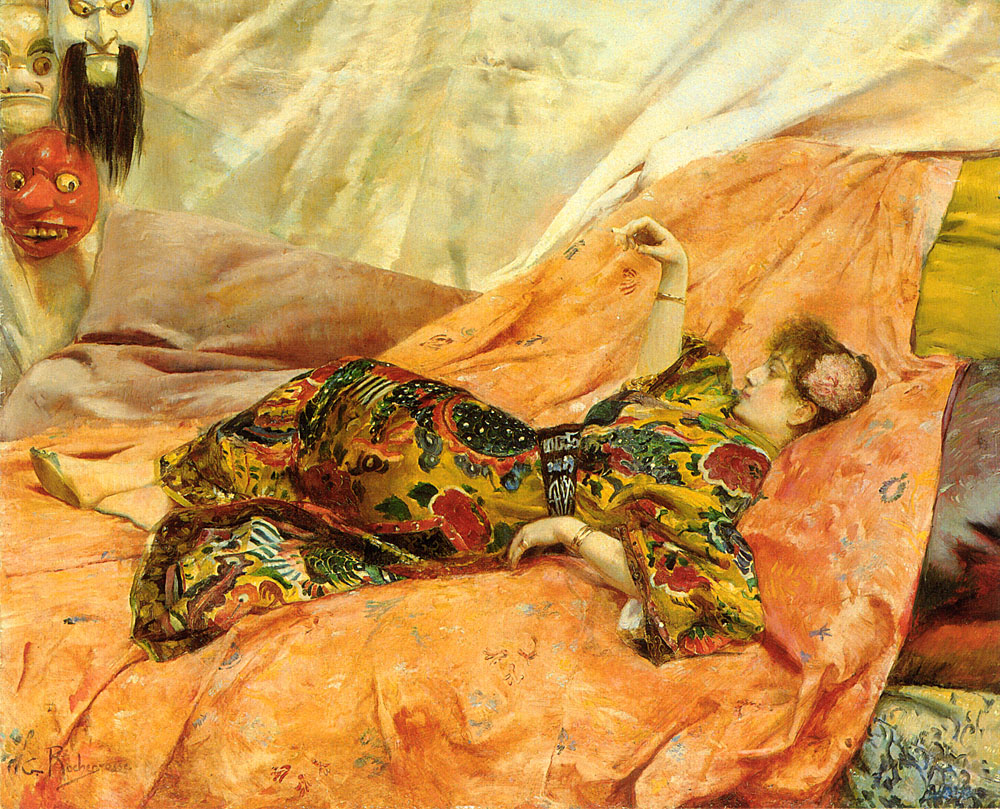Murakami Ryū, born in 1952, is one of the most influential authors in contemporary Japanese literature. His provocative style and stories exploring dark themes such as violence, social alienation, and the excesses of modern society have made him a must-read. Unlike his namesake Haruki Murakami, Ryū focuses on the most brutal aspects of society. He delivers often shocking but deeply captivating stories.
Murakami Ryū Biography
Born in Sasebo, Nagasaki Prefecture, in 1952, Murakami Ryū grew up in postwar Japan, a time of social and economic upheaval. In 1976, at the age of 24, he published his first novel, Almost Transparent Blue. It earned him the prestigious Akutagawa Prize.
Did you know? Murakami Ryū also directed several films and documentaries, taking his artistic vision beyond literature.
Murakami Ryū’s major works
Murakami Ryū wrote many significant novels that have greatly influenced Japanese literature. Here are some of his most famous works:
-
“Almost Transparent Blue” (Kagirinaku tōmei ni chikai burū, 1976): This novel depicts Japanese youth in the 1970s, immersed in sex, drugs and violence. An immediate success that highlights the depravity and alienation felt by a generation.
-
“Coin Locker Babies” (Coin Locker Babies, 1980): A story following two young boys abandoned in locker lockers, exploring themes of rebellion, identity, and the search for meaning.
-
“Parasites” (Kyōsei Chū, 2000): Another dystopian novel in which Murakami describes a society in decay, dominated by alienation and loss of bearings.
Note: Murakami often addresses the darkness of the human soul, which makes his novels a powerful reflection on the excesses and drifts of modern society.
His latest book: A Plunge into Violence contemporary
Murakami Ryū’s latest novel continues in this vein by exploring the darkest facets of modern Japan. Through a hard-hitting story that mixes organized crime, social despair, and the quest for identity, he paints a chilling portrait of a changing society. His incisive style and raw narration captivate the reader from the very first pages. Once again, Murakami Ryū immerses readers in a brutal universe. The characters face complex moral dilemmas and the dark side of Japan.
Recurring themes in Murakami Ryū’s work
Murakami Ryū addresses dark and provocative themes that question Japanese society and, more generally, the human condition:
- Social alienation: His characters are often marginalized, cut off from society, and searching for meaning in a world absurd.
- Violence: Whether physical or psychological, violence is omnipresent in his work, often as a response to social pressures.
- Decadence and excess: Drugs, sex, and self-destruction are recurrent, illustrating the loss of bearings of his characters in the face of a consumerist society.
Did you know? Murakami Ryū has often been criticized for the brutality of his descriptions. But it is precisely this frankness that makes his work so strong.
A unique literary style
Murakami Ryū is distinguished by a direct, uncompromising style. His writing is often raw, with graphic descriptions that plunge the reader into extreme situations. He uses simple but powerful language, aiming to shock and provoke thought.
- First-person narration: He often adopts the perspective of the protagonists, which heightens the emotional intensity of his stories.
- Cinematic approach: His visual descriptions and dynamic plots make his works a kind of cinema on paper.
Good to know : Several of his novels have been adapted for film, demonstrating the visual power of his writing.
Murakami Ryū’s influence on Japanese culture
Murakami Ryū has not only influenced literature. His work has also left an imprint on Japanese popular culture. He is a critical voice, denouncing modern society and its excesses. His stories are a window into the Japan of the margins, the castaways, and the souls lost in a world of constant transformation.
Interesting fact: His works, while shocking, are often studied in academic contexts for their incisive analysis of contemporary Japanese society.
Conclusion
Murakami Ryū is a major author in contemporary Japanese literature. His work, marked by dark themes such as violence, decadence, and social alienation, continues to captivate and provoke thought. His powerful stories and direct style make him a unique writer, a must-read for those interested in the hidden side of Japanese society.
Discover all our articles on Japanese literature here.





